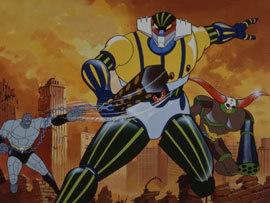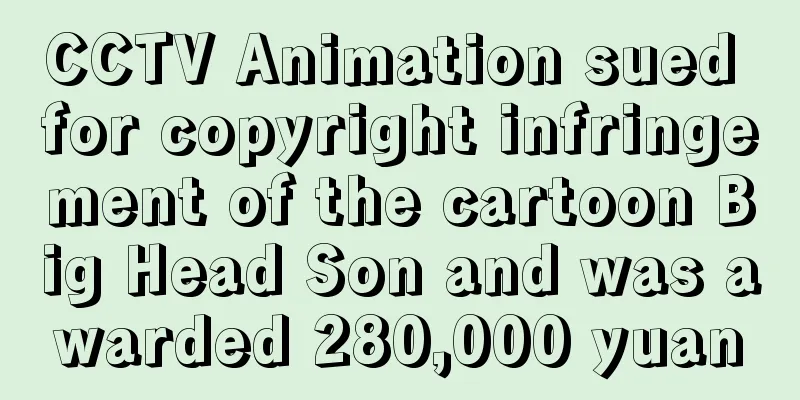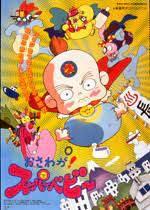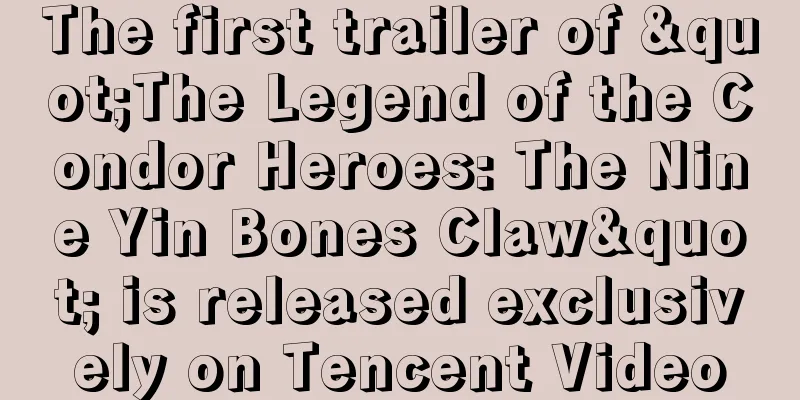RIKI-OH VIOLENCE2: Son of Destruction - A thorough review of the shocking film that depicts a world of violence and revenge
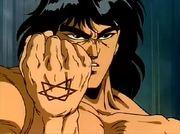
"RIKI-OH VIOLENCE 2: Son of Perdition": The appeal of an OVA depicting a world of violence and revengeOne of the most notable OVAs of the 1990s is Riki-Oh Violence 2: Child of Perdition. It was directed by Dezaki Tetsu and based on the manga by Takajo Masahiko and Saruwatari Tetsuya. Released on August 24, 1990, the OVA is known for delving deeply into themes of violence and revenge in a mere 48 minutes. Overview"RIKI-OH VIOLENCE 2: Child of Perdition" was released in the form of an OVA. It is based on a manga by Masahiko Takajo and Tetsuya Saruwatari, published by Shueisha. Each episode is self-contained, with the story unfolding in a short 48-minute time slot. It was jointly produced by Magic Bus, Shueisha, and Bandai, and was directed by Tetsu Dezaki and written by Kazumi Koide. storyThe story is set in a prison in the future. The protagonist, Rikio, infiltrates the prison to find out the truth behind his brother's death. There, he comes face to face with the prison's ruler, a being known as the "Son of Perdition." With his overwhelming strength and determination, Rikio uncovers the darkness of the prison and fights to exact revenge. The story revolves around the themes of violence and revenge, and depicts Rikio's struggle and growth. characterThe protagonist, Rikio, is a young man with a strong body and mind. He infiltrates the prison to find out the truth behind his brother's death, and there he fights various enemies. Rikio's character is portrayed as embodying the themes of violence and revenge, and his struggle and growth are at the heart of the story. The "Son of Perdition" is a mysterious figure who appears as the ruler of the prison. His character, who confronts Rikio, plays an important role in building up excitement for the climax of the story. BackgroundThe production of "RIKI-OH VIOLENCE 2: Son of Perdition" was inspired by the popularity of the original manga. Director Tetsu Dezaki faithfully reproduced the themes of the original manga while directing it to suit the OVA media format. Kazumi Koide, who wrote the screenplay, based the storyline on the original manga and put a lot of effort into developing the story within the short time of 48 minutes. Three companies were involved in the production: Magic Bus, Shueisha, and Bandai. Magic Bus was in charge of producing the OVA, bringing to life the vision of director Tetsu Dezaki. Shueisha held the rights to the original manga and supervised the production. Bandai was in charge of sales and promotion of the OVA, working to popularize the work. Evaluation and impact"RIKI-OH VIOLENCE 2: Son of Perdition" was one of the most highly acclaimed OVAs of the 1990s. It was supported by many fans as a work that depicted the themes of violence and revenge. In addition, the direction of director Tetsu Dezaki and the screenplay by Kazumi Koide were also highly praised, enhancing the completeness of the work. This work had a major influence on later OVAs and anime works, especially those that depicted themes of violence and revenge, and those that developed their stories in a short period of time. Director Tetsu Dezaki's directing style is also said to have influenced later anime works. Recommended points"RIKI-OH VIOLENCE 2: Son of Perdition" is a work that depicts the themes of violence and revenge, and can be recommended to many fans. In particular, the following points are the reasons for this recommendation.
Related TitlesRiki-Oh Violence 2: Child of Perdition is based on the manga by Masahiko Takajo and Tetsuya Saruwatari. The manga was published by Shueisha and gained popularity for its themes of violence and revenge. It is also said to have influenced subsequent original animations and anime adaptations. The related works include the following:
How to watch"RIKI-OH VIOLENCE 2: Son of Perdition" is available on DVD and Blu-ray. It may also be available on online streaming services. It is recommended that you understand the theme and content of the work before viewing. summary"RIKI-OH VIOLENCE 2: Son of Perdition" is an OVA work that has been supported by many fans as a work that depicts the theme of violence and revenge. Directed by Tetsu Dezaki and written by Kazumi Koide, the story unfolds in a short time of 48 minutes, leaving a strong impression on the viewer. This work is said to have influenced later OVA works and anime works, and can be recommended as a work that depicts the theme of violence and revenge. I would recommend that you understand the theme and content of the film before watching it. In particular, this is a film that I would recommend to anyone interested in themes of violence and revenge, or the direction of director Tetsu Dezaki. |
<<: Review of "Camelot": A moving story woven by Marina's time slip
>>: A thorough review of Granzort's Final Battle: The Last Magical War
Recommend
Lionsgate is confident that the reboot of "Saw" will be moved up by 5 months!
Earlier this month, we reported on the first cast...
Funeral of Freiren ~The Profound Charm of ●●'s Magic~
All-round evaluation and recommendation of "...
James Gunn Starts Production on Season 2 of Peacemaker
More than two years after the first season aired,...
"xxxHOLiC" live-action movie new trailer Yoshioka Riho sexy and charming
Recently, CLAMP released a new trailer for the li...
Yang Chaoyue and Makoto Shinkai reach cooperation in "Weathering with You" and become a 100% sunny girl
Today (October 31), the official announcement of ...
"New Gods: Nezha Reborn" "Both Good and Evil" trailer shows that the masked man has great skills
Today (January 19), the new trailer of the movie ...
The Charm of Santa Company: Discovering the Secrets of Christmas
Santa Company: The Secret of Christmas - Reviews ...
Blend S: A unique part-time cafe experience and the appeal of its characters
Blend S - A cafe filled with laughter and healing...
The first trailer of "The King of Heroes Reincarnation Apprentice Knight" will be broadcast in January 2023
Adapted from the famous fantasy novel by Nagato, ...
Review of "Ryuko, the Girl with the White Flag": A moving story and charming characters
"Ryuko, the Girl with the White Flag" -...
Young readers in the island nation voted for the comic book superpower they most wanted to obtain, and Luffy ranked only third
A look at various excellent anime works can be sa...
Kin'iro Kemuri in the Land of Udon: A deep review of the fascinating story and characters
"Kin'iro Kemuri in Udon Country" - ...
A thorough review of Hello Kitty's new work "Mystery of the Apple Forest"!
Hello Kitty Mystery of the Apple Forest - A fasci...
The appeal and reviews of Yozakura Quartet ~Hana no Uta~: A moving story and beautiful visuals
Night Cherry Blossom Quartet ~Hana no Uta~: The E...
49-year-old Johnson: Black Adam and Superman will have a fight
"Black Adam" star Dwayne Johnson is pre...

